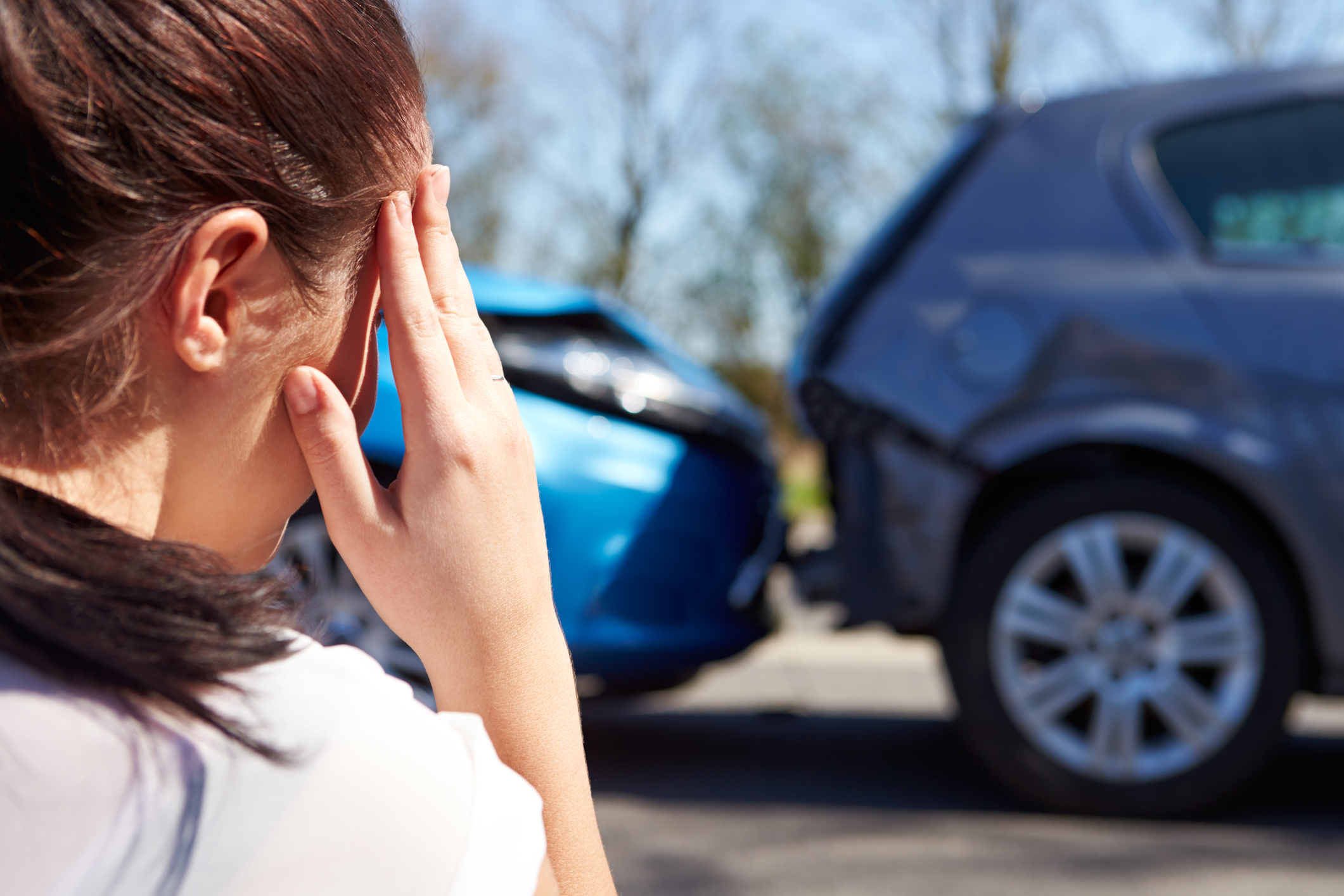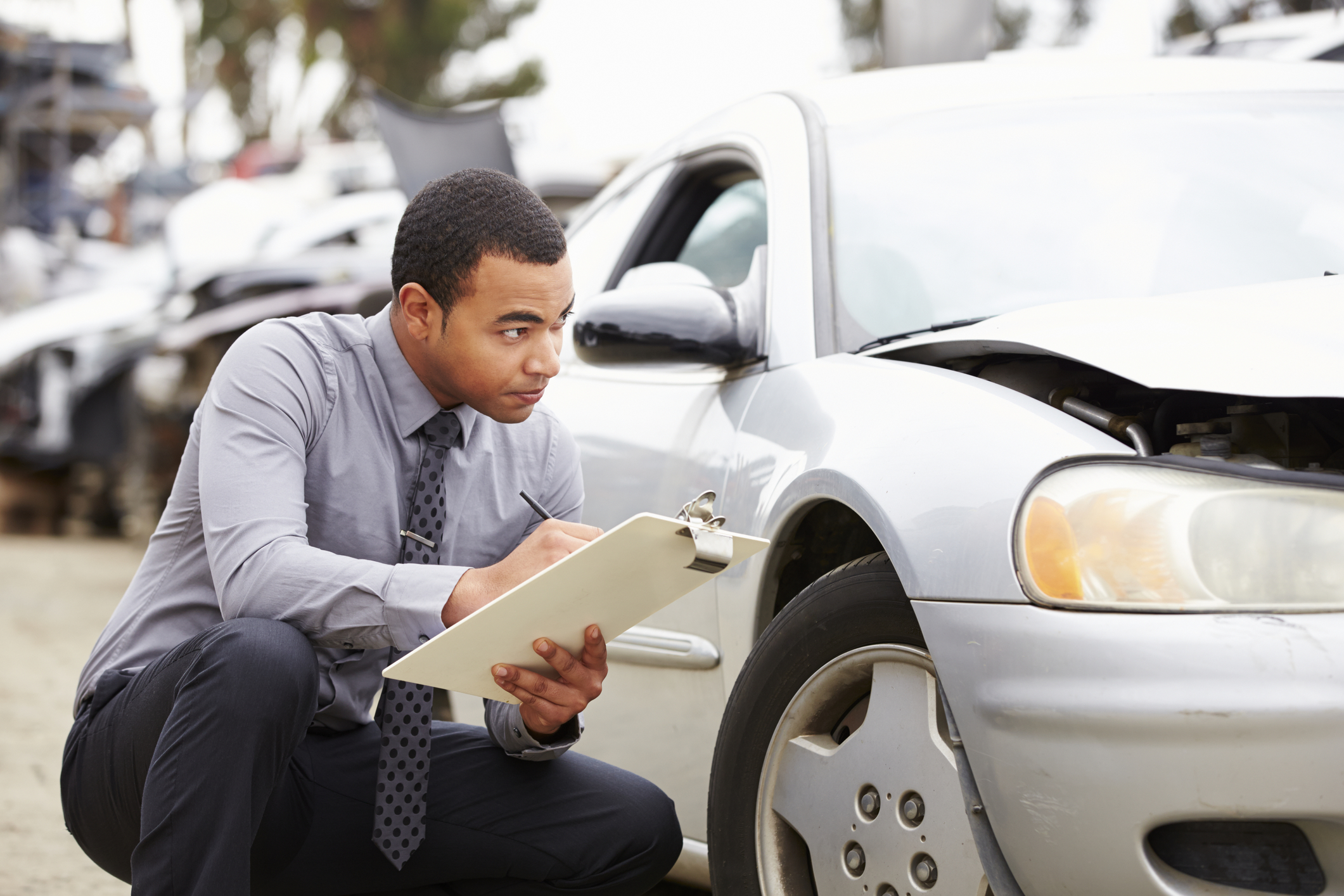Understanding Your Auto Insurance Coverage

Guest post by Bradley Daniels
Navigating the world of auto insurance can be a daunting task. Whether you're new to car ownership or have been driving for years, it's important to understand your coverage and exactly what one pays for when securing an auto insurance policy.
To ensure you have the knowledge needed to make informed decisions about your car's protection, this blog post will explain all of the essential aspects surrounding auto insurance coverage -- from deductibles and premiums to the different types of policies available.
Read on for insightful advice for anyone looking to get acquainted with their insurance policy.
Overview of Auto Insurance Coverage
Auto insurance is a form of coverage designed to protect you, your passengers, and other drivers from the financial risks of owning and operating a vehicle. It provides both property damage and personal injury liability protection against claims resulting from accidents or damages caused by negligence or wrongdoing.
Depending on your policy type, additional coverage may be available for theft, fire damage, vandalism and more.
Understanding Deductibles and Premiums
When securing an auto insurance policy, two important terms to be familiar with are deductibles and premiums. A deductible is an amount you agree to pay out of your pocket before your insurance coverage kicks in. A premium, on the other hand, is the amount that you pay each month or year to maintain your coverage.
Deductibles vary widely based on your policy but typically range from $250 to $1,000. A higher deductible will result in a reduced premium in most cases, but it will also mean that you’ll pay more out of pocket in the event of an accident. Conversely, selecting a lower deductible will result in a higher premium but means that you'll have to pay less in the event of an accident.
Premiums are determined by a number of factors, including your age, driving history and the type of car you drive. Insurance providers also consider the coverage level you choose, as certain policy add-ons can increase your premiums. However, having a clean driving record and being eligible for certain discounts – such as being a good student or a safe driver -- can help reduce your premiums.
It's important to remember that while opting for a higher deductible may save you money in the short term, it can cost you more in the long run if you get into an accident. Therefore, it's essential to consider all factors when choosing a policy, including your budget and risk tolerance, to make an informed decision about your auto insurance coverage.
Different Types of Policies
Auto insurance policies can vary widely in terms of coverage and protection, and it's essential to understand the different types of policies available before making a decision about your coverage. Here are some of the most common types of auto insurance policies:
Liability Coverage
Liability coverage is a crucial part of an auto insurance policy, required in most states. This coverage protects you from financial responsibility if you cause an accident leading to injury or property damage to others. Liability coverage covers costs such as medical expenses, lost wages, and damage to other vehicles or property up to the limits of your policy.
Liability coverage is divided into two types: bodily injury and property damage liabilities. Medical costs, lost earnings, and other expenditures resulting from injuries incurred by others in an accident you caused are covered under bodily injury responsibility. Property damage liability insurance pays for the costs of repairing or replacing other people's property that you damage in an accident.
The minimum liability coverage required varies by state, so you must check your state's requirements when choosing the appropriate coverage for your needs. It's also important to remember that liability coverage only covers costs up to the limits of your policy. You will be responsible for the remaining balance if the damages exceed your coverage limits.
Collision and Comprehensive Coverage
Collision coverage covers the cost of repairing or replacing your vehicle in the event of an accident. It covers damages sustained from hitting another car, a collision with a stationary object, such as a fence or tree, or rollovers. Collision coverage also applies when an uninsured driver hits you.
Comprehensive coverage covers damages caused by incidents other than accidents, including theft, fire, floods, and other natural disasters. It can also be used to repair damage caused by animals, vandalism, and fallen objects (such as a tree branch).
It's important to remember that both collision and comprehensive coverage may require you to pay a deductible before they kick in. The amount of the deductible will depend on the policy you choose – the higher the deductible, the lower your premium payments may be.
Uninsured/Underinsured Motorist Protection
Uninsured/Underinsured Motorist Protection is a type of auto insurance policy. It helps cover costs if you get in an accident with someone without car insurance to pay for your expenses. It can also help cover the cost if an uninsured driver hits you.
Personal Injury Protection (PIP)
Personal Injury Protection (PIP) is an auto insurance policy that covers medical expenses, lost wages, and other related expenses resulting from an accident you were involved in. This coverage applies regardless of who is at fault for the accident. PIP coverage also typically includes death benefit payments for surviving relatives in the event of a fatal accident.
Gap Insurance
Gap insurance covers the difference between what you owe on your car loan and the actual cash value of your vehicle in the event of an accident. If your vehicle is totaled or stolen, gap insurance will pay out the difference so you can pay off your loan balance.
It's important to remember that gap insurance usually only applies if you purchased your car within the past year and still have a loan balance remaining.

Tips for Lowering Your Car Insurance Premiums
Car insurance premiums can be a sizable expense for many households. However, there are ways to reduce car insurance premiums without sacrificing essential coverage. Here are some tips to lower your car insurance premiums.
- Bundle Policies: Some insurance companies offer discounts for bundling multiple policies, such as car and homeowner's insurance. If you have multiple types of insurance policies, inquire about bundling options.
- Increase the Deductible: Increasing your deductible can lower your monthly premiums. However, remember that if you have an accident, you will have to pay the deductible before insurance kicks in. Consider if the savings in premiums outweigh the increased deductible expense.
- Maintain a Good Driving Record: Your driving record is one of the most significant factors determining your car insurance premium. A clean driving record with no accidents or moving violations can translate to lower premiums.
- Have Safety Features Installed: Cars equipped with safety features, such as anti-lock brakes, airbags, and anti-theft systems, are safer to drive and, therefore, can get you a discount on your car insurance.
- Compare Quotes: Shopping around for car insurance quotes is one of the best ways to save money on your premiums. Be sure to compare rates from several companies and coverage levels, deductibles and discounts.
- Consider Usage-Based Insurance: Usage-based insurance policies offer discounts based on how safe you drive, such as your speed, braking and acceleration habits. Some insurers install a small device in your car or a mobile app to track your driving habits.
What to Look Out for When Shopping for Auto Insurance
Auto insurance is important; it pays to shop around for the best coverage. Before signing up for a policy, there are several things you should consider.
- Coverage Levels: Make sure your policy covers all essentials, including liability, collision, comprehensive, and uninsured/underinsured protection.
- Cost vs. Coverage: Don't sacrifice coverage just to get the lowest premiums possible -– good coverage can save you money in the long run if you have an accident.
- Policies From Reputable Companies: Look for policies from well-known insurance companies that are financially stable and have good customer service ratings.
- Discounts: Some insurers offer discounts for bundling multiple policies or installing safety features.
- Customer Service: Check for customer reviews and ratings of the insurers you’re considering to ensure they provide good customer service and are responsive in the event of a claim.
Steps for Filing a Claim After an Accident
If you’re involved in an accident, filing a claim with your insurance company is a necessary first step for getting the compensation you need. Here are some steps to help you file a successful claim:
- Contact Your Insurance Company Immediately: Make sure to call your insurance company immediately after an accident to report the details and start the claims process.
- Gather Evidence: Collect evidence from the accident scene, including photos, witness testimonies, and police reports, if applicable.
- Use Medical Care: It’s important to seek medical attention immediately, even if you don’t have any injuries; many symptoms may not appear until days after an accident.
- Document Everything: Keep records of any expenses related to the accident, including medical bills and repair costs, and documentation of any lost wages due to missed work.
- Speak With an Attorney: It’s a good idea to speak with an experienced attorney specializing in car accident claims to understand your rights and ensure you get the compensation you deserve.
Conclusion
Shopping for auto insurance can be overwhelming, but understanding your coverage needs and taking the necessary steps to get the best policy can help you save money.
Before signing up for a policy, compare quotes from several companies and look for discounts, then file an accident claim if needed. By following these tips, you’ll be well on your way to finding the right car insurance policy that meets your needs.